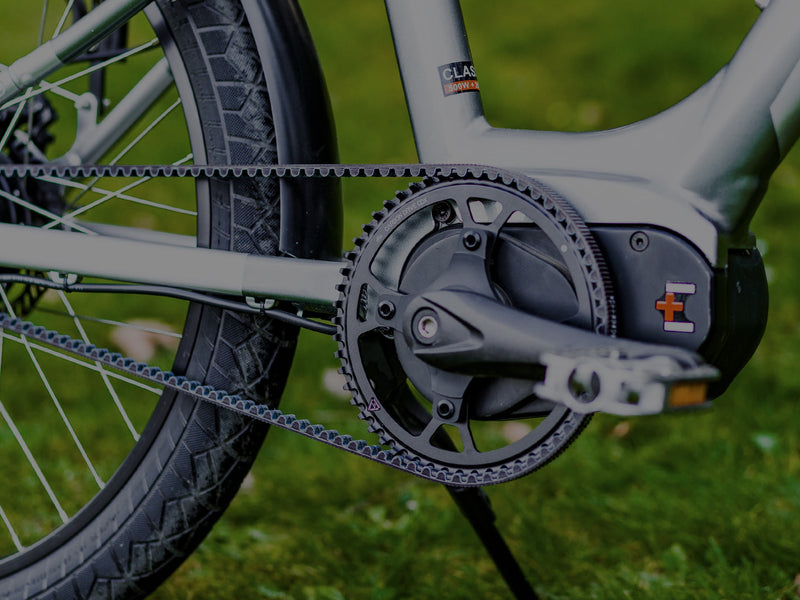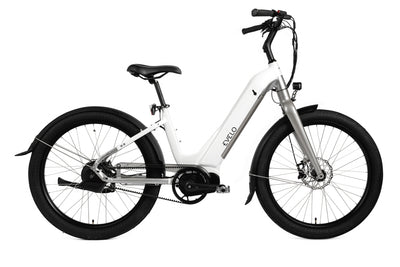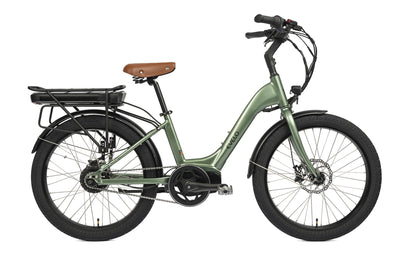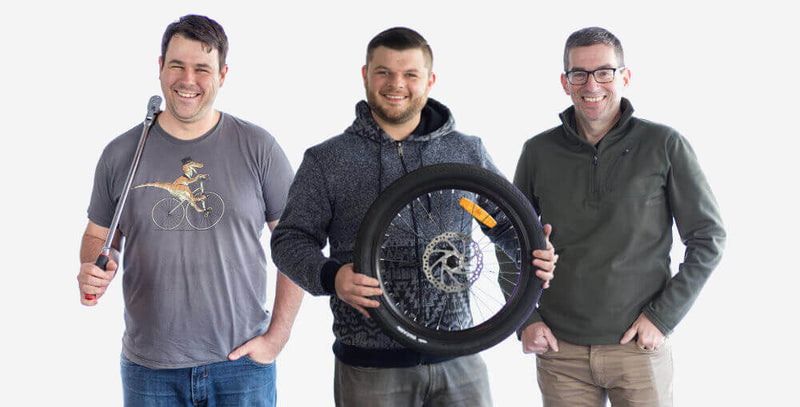SHOULD I BUY A NEW ELECTRIC BIKE OR CONVERT MY EXISTING BIKE?
While many people find it easiest and most convenient to simply buy a new electric bike, others might find it more appealing to convert their existing bicycles to electric by adding a motor and battery. This option has its own set of advantages and disadvantages, and ultimately, whether you convert your conventional bicycle or buy a complete electric bike depends on your unique needs, interests, and expectations.
In this chapter, we’ll highlight some of the best methods and products currently available for converting a conventional bicycle into an electric bike. We’ll also provide a brief discussion of the pros and cons of this type of conversion, especially when compared to purchasing an electric bike.

CONVERTING TO ELECTRIC
By far the most common method for converting a conventional bicycle to an electric bike is to add a hub motor to either the front or the back wheel. This method is generally the easiest, most seamless way to make a conversion, as it leaves the huge majority of the original bike and its components intact—you’re adding only a new hub and some sort of controller, nothing else on the bike is affected.
The seeming simplicity of this type of modification can be a bit misleading, however, since making the change from a conventional hub to a motorized hub is actually a fairly complicated task. To begin with, taking apart and rebuilding wheels is always a challenging project, involving intensive work installing spokes and truing the completed wheel. Similarly, the extra weight of the motorized hub and the additional torque it will generate means that, in most cases, the entire wheel will need to be upgraded to include a rim and spokes sturdy enough to handle a motorized hub. In the end, you would end up with not only a new hub, but an entirely new wheel.
Recognizing this, a number of manufacturers have begun building and selling all-in-one electric wheels, which combine the rim, spokes, motorized hub, and rechargeable battery into a single, self-contained unit. These all-in-one wheels generally come with some sort of control system that riders use to turn the motor on and off, and to control how much assistance it provides.
As with the hub motors discussed in chapter 5, the all-in-one electric wheel either replaces the front or the rear wheel on your existing bicycle. To use a typical electric wheel, simply take off your bike’s original wheel, install the new wheel, and download an app that usually comes with the product and turns your smartphone into a control panel.
A good example of a rear all-in-one electric wheel is the Copenhagen Wheel. It uses a built-in 350 watt motor and a battery with a range of roughly 30 miles. The Copenhagen Wheel is designed to work with Shimano and SRAM drivetrains.
An alternative to the rear setup is the front all-in-one electric wheel, which as one would expect, replaces the front wheel of your regular bike. There are a number of brands on the market today, including Electron and GeoOrbital, with motors in the 400-600 watt range and batteries that go 20-30 miles on a single charge.
THE PROS AND CONS: IS A CONVERSION RIGHT FOR ME?
The two biggest advantages to converting the bike you already own are familiarity and cost: converting a conventional bike to electric allows you to continue using the bike you already know and love, and buying a conversion kit is generally going to be a cheaper option than buying a complete electric bike.
On the other hand, though, there are some significant disadvantages to converting a conventional bike, especially when compared to buying an electric bike. In the early days of electric bike manufacturing, a complete ebike was not that much different from a DIY conversion. Today, most manufacturers are building purpose-built frames to neatly house various electric bike components, like the battery, the controller, and in the case of the mid-drive configuration, the motor. A conversion will not be as smooth or efficient as a complete electric bike, which has seamlessly incorporated the motor, battery, and controls into every aspect of the bike’s design.
Similarly, all-in-one wheels rely on hub motors, which tend to produce a less natural and less efficient riding experience. As discussed in chapter 5, adding a heavy motor to the front or the rear wheel without carefully considering the overall balance is likely to result in an ebike that is difficult to ride and maneuver.
Whether you decide to convert your existing bike or purchase a complete electric bike depends on what you’re hoping to get out of your motor assisted bicycle. Either option will significantly increase what your bike is capable of, giving you a convenient, fun, fast, and affordable way to travel. In the end, though, while a conversion kit offers a quick and easy way to completely transform your bicycle, many riders have found that there’s simply no way to replace the high level of performance provided by a complete electric bike, designed from the ground up to be a uniquely convenient, efficiently motorized hybrid vehicle.



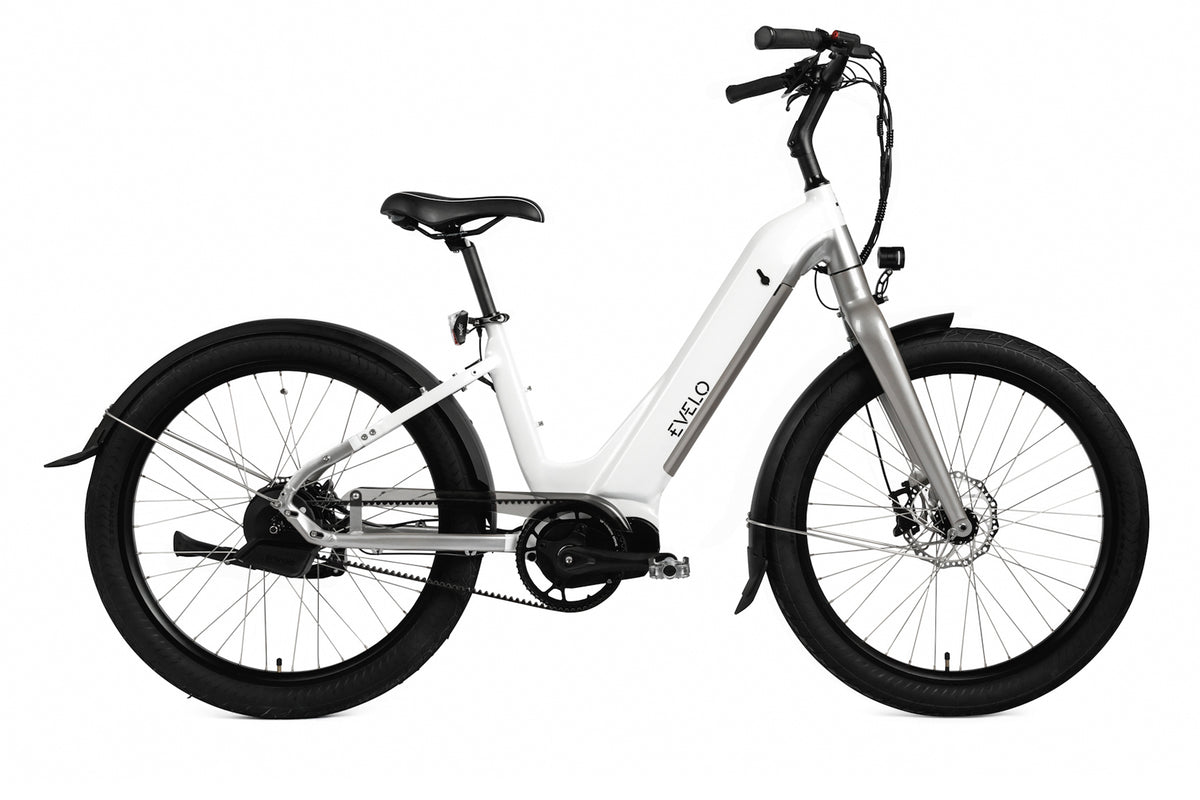
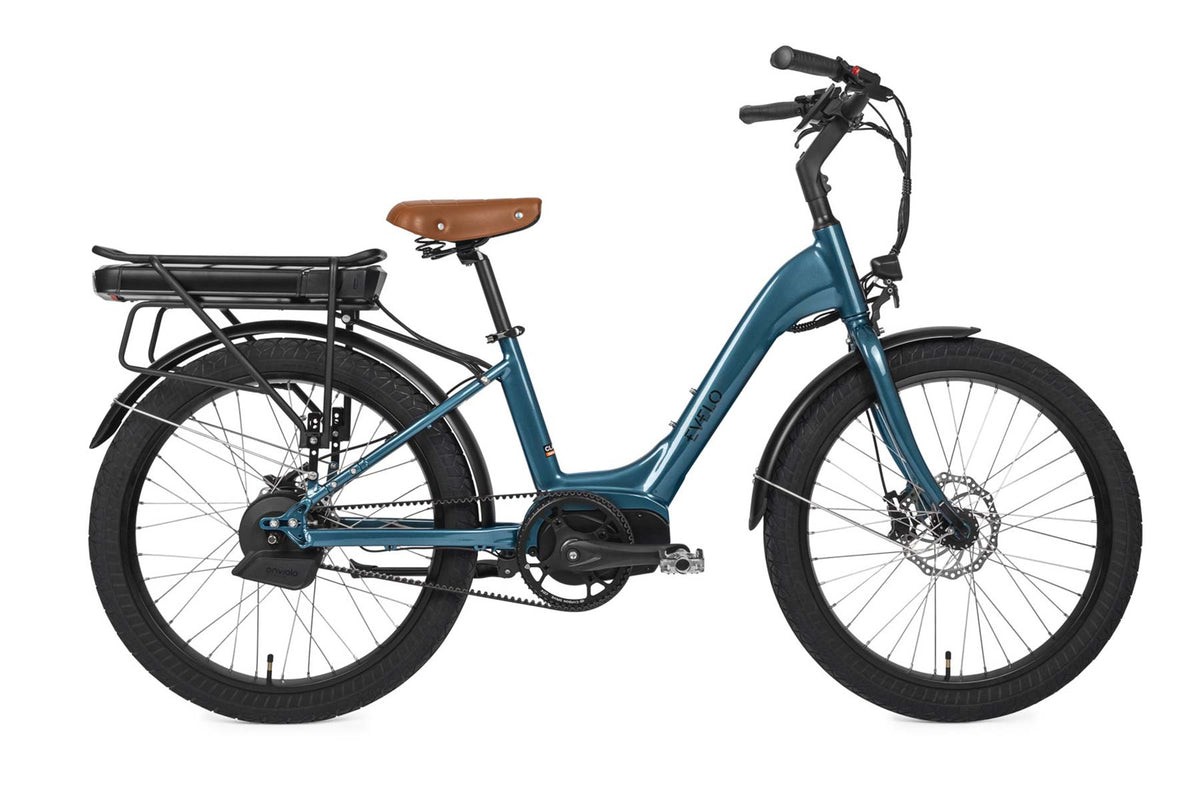


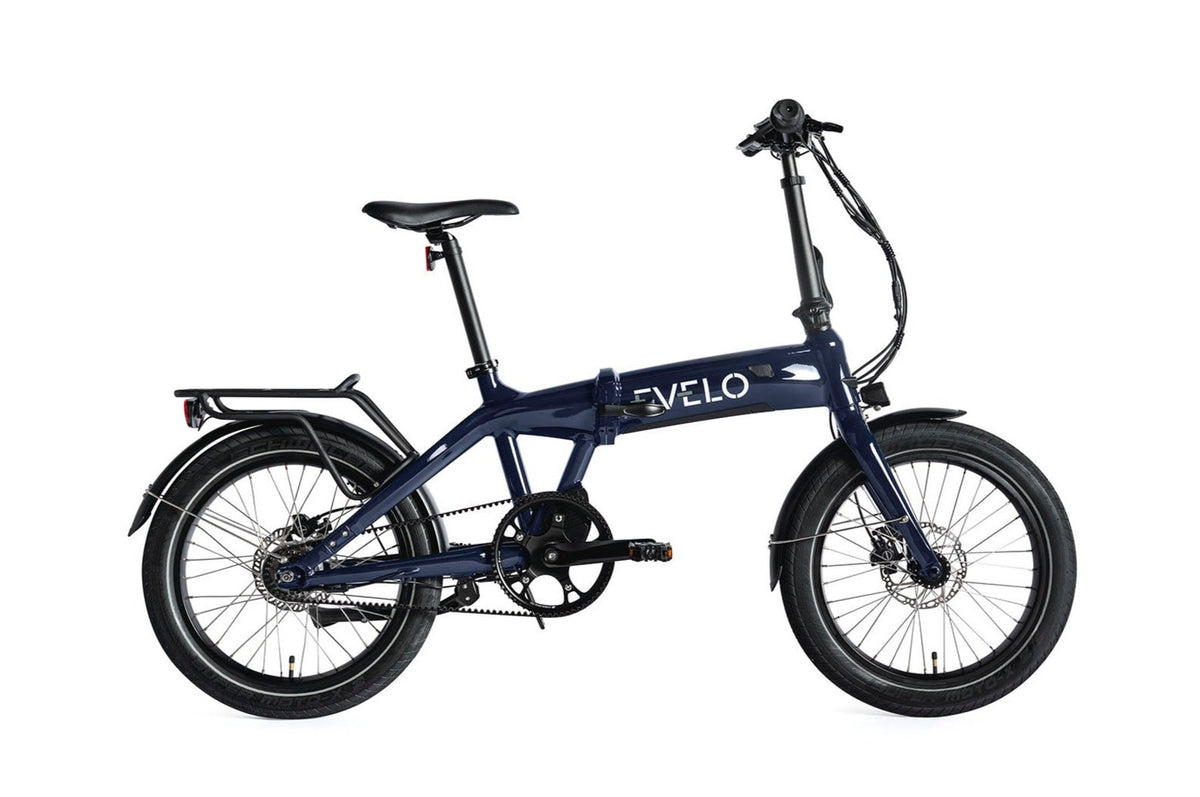
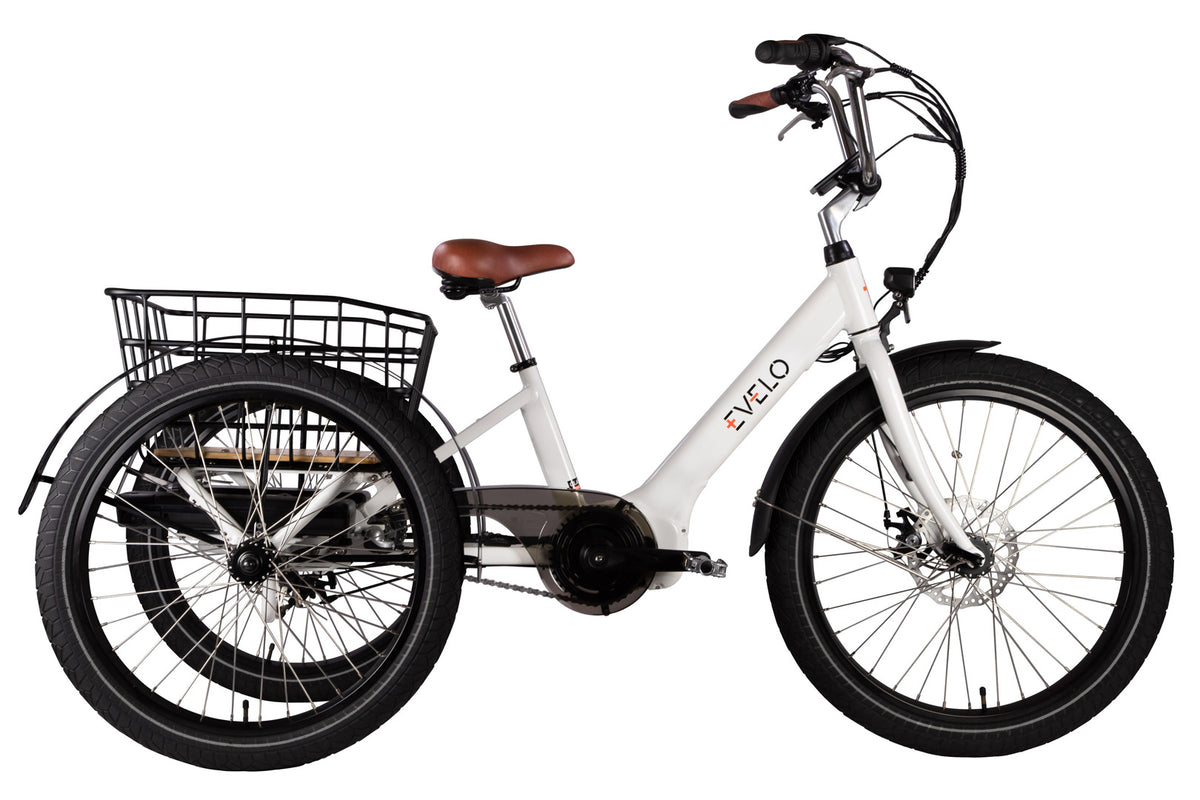
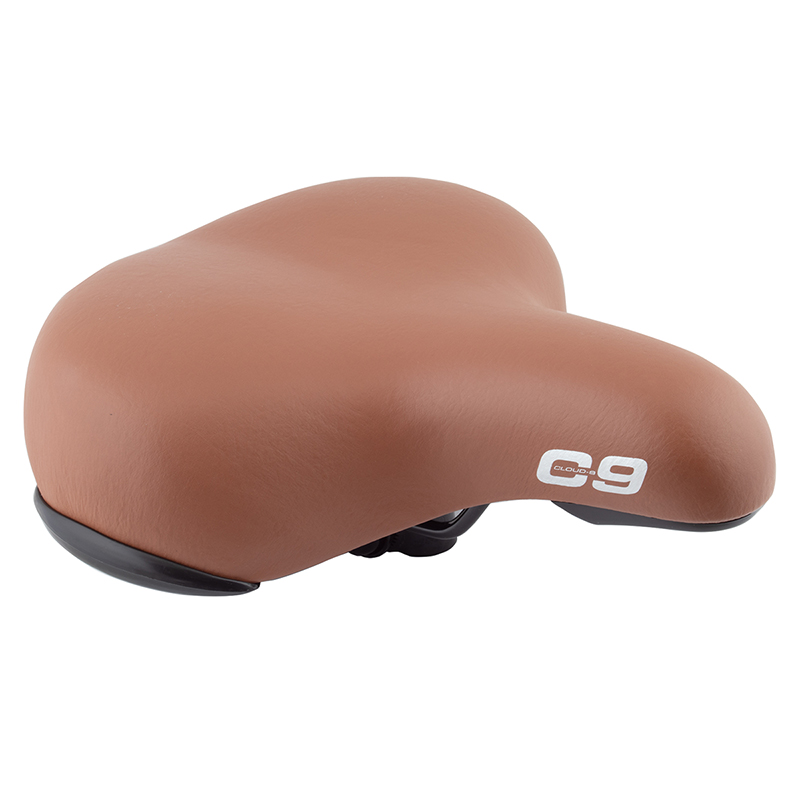
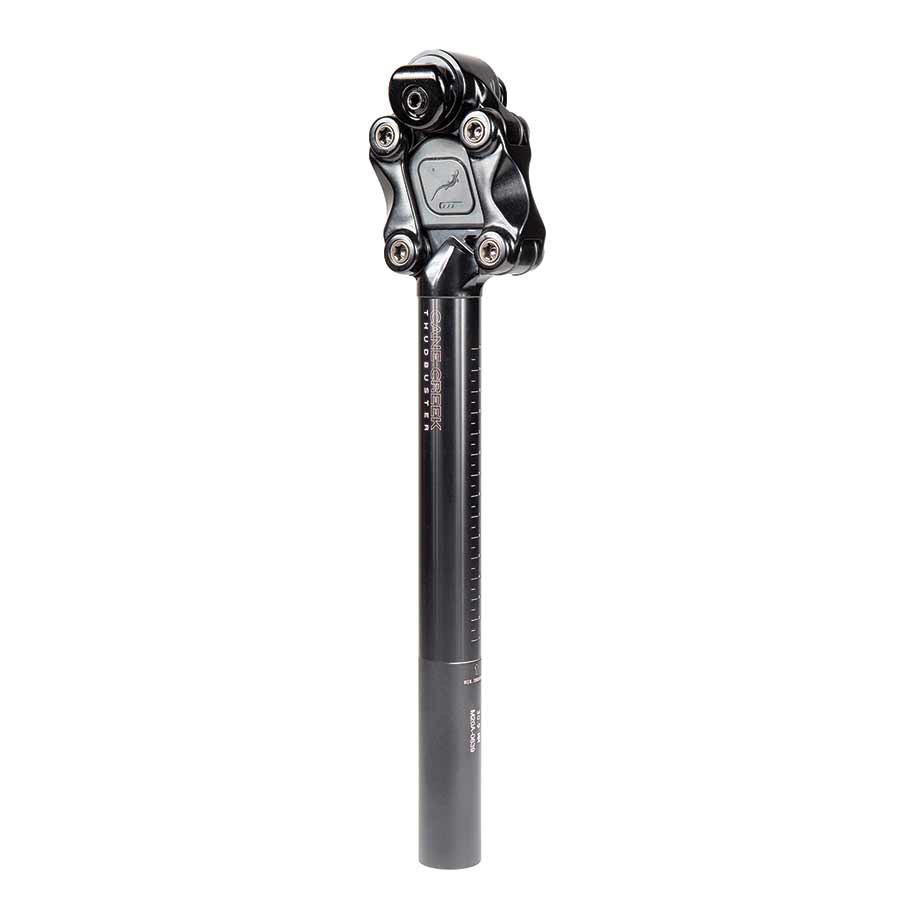
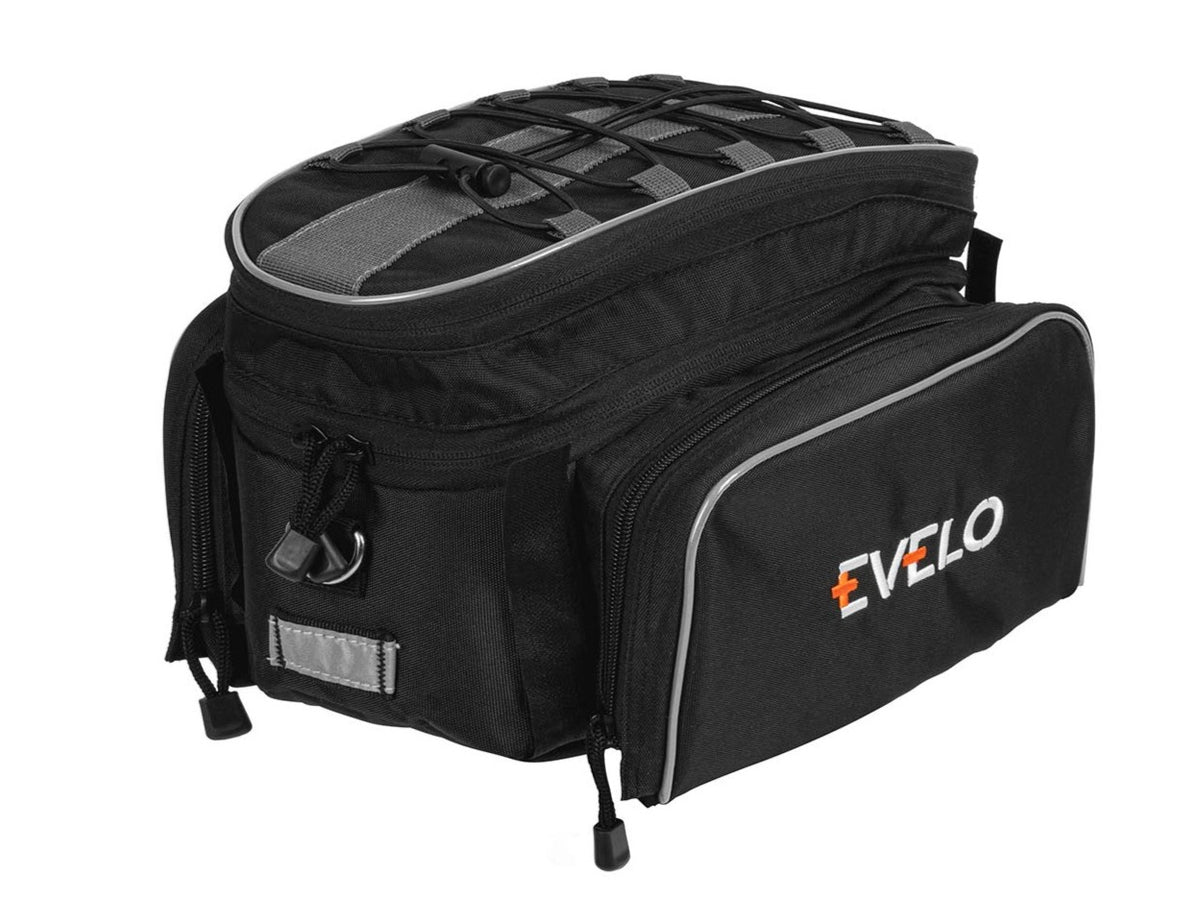
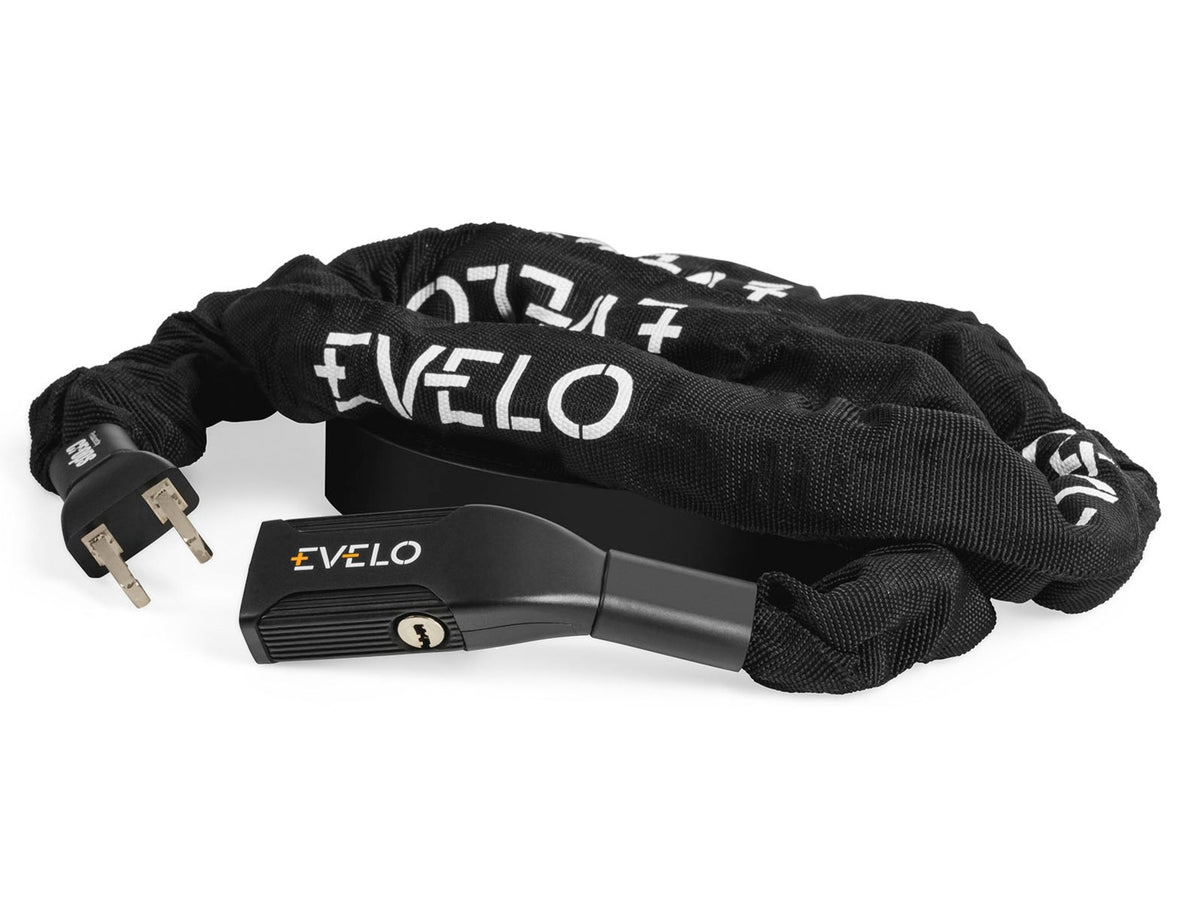




 Easy Assembly
Easy Assembly
 Service and Repairs
Service and Repairs
 Ebike Articles & Content
Ebike Articles & Content



